Gourds are an important crop with great nutritional value, and increasing the yield of female flowers can improve the overall harvest. Female flowers are important as they produce fruit, while male flowers are just there for pollination. The production of female flowers can be affected by various factors, such as environmental conditions, nutrient deficiencies, and pests.
Therefore, it’s important to understand how to increase the number of female flowers in your gourd plants. Whether you’re growing bitter gourd, bottle gourd, ridge gourd, ash gourd, snake gourd, or ivy gourd, the following tips will help you boost the yield of female flowers.
How to Increase Female Flowers in Your Gourds
Understanding Gourd Plant Anatomy
Gourds, or cucurbit vegetables, are an important food crop cultivated for thousands of years. These plants have some common features, including a long taproot system that can grow up to 175-180 cm and a branched stem that can be prostrate or climbing and spread up to 9-10 m in some varieties.
- Leave structure of gourd: The leaves of gourd plants are simple, mostly 3-5 lobed, palmate, and rarely pinnately lobed. Tendrils are present on the axils of leaves and are simple or bifid in some varieties, while others may have no tendrils.
- The nature of pollination in Gourds is highly cross-pollinated, and honey bees and bumble bees usually do pollination. Flowers are born in the axils of leaves and are usually solitary or in racemose clusters. The individual flowers are large and showy and are usually unisexual.
- Fruit type: The fruit of gourd plants is essentially an inferior berry called a “pep” due to the hard rind that develops when it matures. Some gourd fruits, like those ash gourd and pumpkin, can be stored for long periods, while others, like cucumber and snake gourd, have less quality. The fruits of all gourds, except chow chow, have many seeds.
- Propagation: Gourd plants are mostly seed-propagated. Most gourd plants are annuals, though chow chow and coccinia have a perennial habit.
Factors Affecting Female Flower Production in Gourds
- Age of the Gourd plant: Younger gourd plants tend to produce more male flowers than female flowers. As the plant matures, it will produce more female flowers.
- Temperature: Gourd plants require warm temperatures for the production of female flowers. The plant will produce more male flowers if the temperature is too low.
- Light: Gourd plants require adequate sunlight for the production of female flowers. Insufficient light can result in fewer female flowers.
- Nutrients: Adequate nutrition is essential for producing female flowers in gourd plants. A deficiency of nutrients, particularly phosphorus and potassium, can produce more male flowers.
- Watering: Regular watering is important for producing female flowers in gourd plants. If the plant is not receiving enough water, more male flowers will be produced.
- Flowering: Factors such as flowering, pollination, and sex modification play a role in determining the number of female flowers produced. In most cucurbits, flowering follows a definite sequence, with an alternate sequence of male and female flowers.
- Pollination: Developing fruits on the vine also affect the production of further female flowers. Pollination occurs early in the morning for cucumber, pumpkin, muskmelon, and watermelon, while in bottle gourd and ridge gourd, it is altered in the day when temperatures are high.
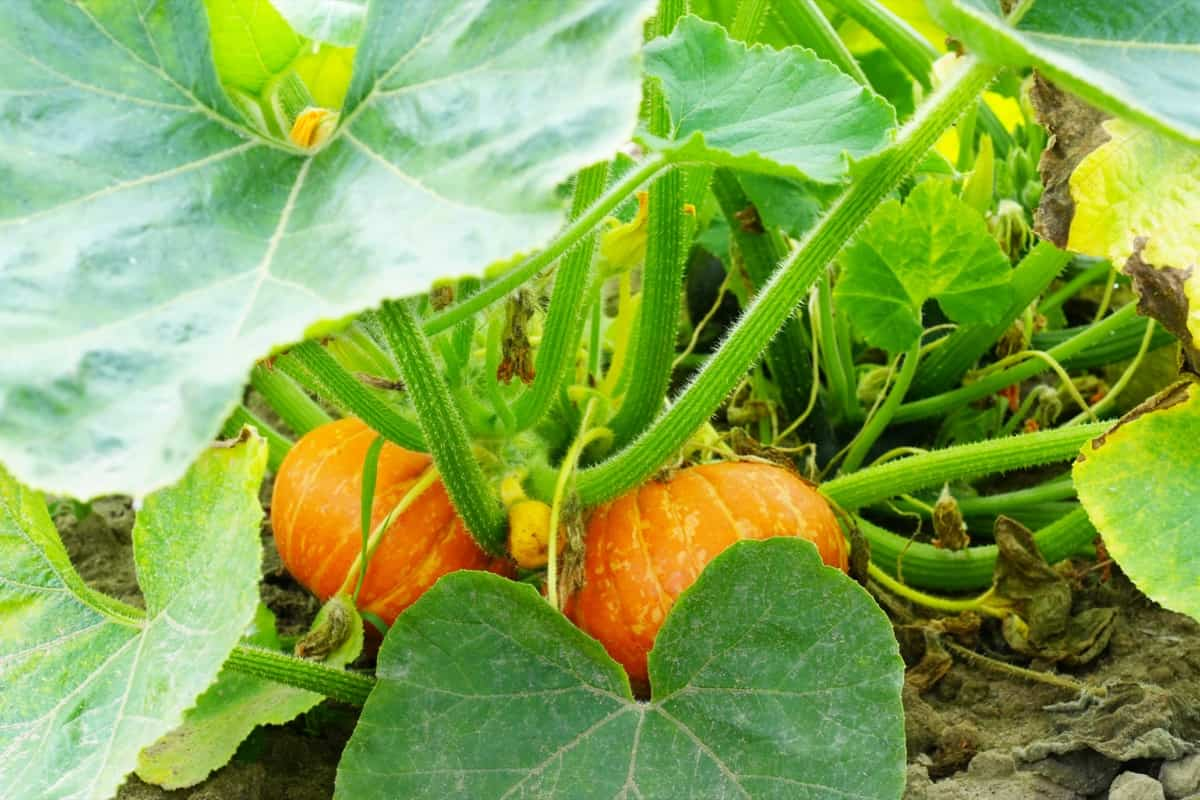
Tips for Increasing Female Flowers in Bitter Gourd
Bitter gourd is a tropical vine grown for its fruit. It is used in culinary dishes and traditional medicine due to its bitter taste and potential health benefits.
- Use hormone treatments such as gibberellic acid or ethephon to encourage female flowers.
- Thinning out male flowers will encourage the plant to develop more female flowers.
- Prune back leaves and stems to encourage flowering.
- Ensure the plant receives enough light and water.
- Remove all male flowers by hand or with pruning shears to increase the number of female flowers.
- Pollinate female flowers with a cotton swab or small brush.
- Fertilize the plant with a high-phosphorus fertilizer like bone meal or rock phosphate.
- If your plant only produces female flowers, manual pollination may be necessary.
- Increase nitrogen in the soil by using fertilizers or composted manure as a mulch.
- Thin-out leaves allow more sunlight to reach the developing flowers.
- Remove competing weeds to give the plant a better chance at producing more female flowers.
- Give your plant enough space to climb by providing a trellis or other support.
- Regularly fertilize the plant with a balanced fertilizer.
- Water the plant deeply and evenly.
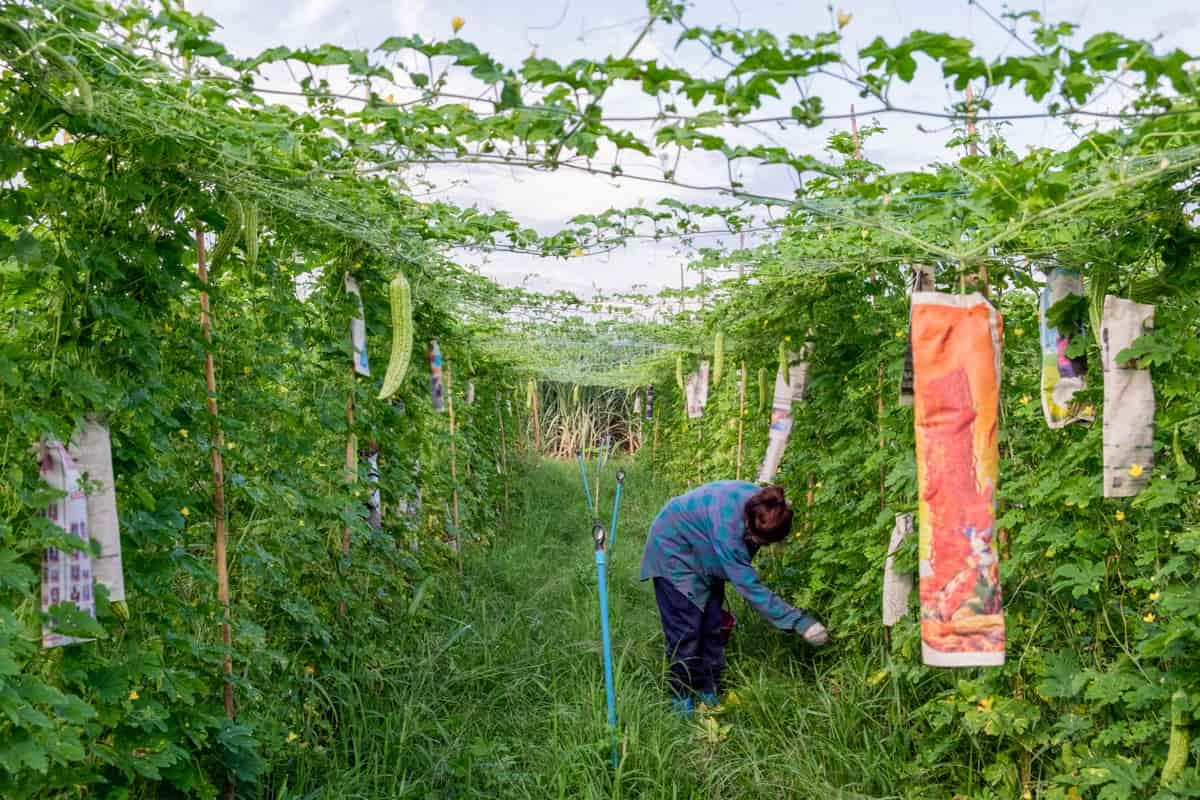
Tips for Increasing Female Flowers in Bottle Gourd
Bottle gourd vine plant that belongs to the Cucurbitaceae family. The fruit of the bottle gourd is elongated, with smooth, green skin and white flesh, and contains numerous seeds. It consists of vitamins and minerals and has a high water content.
- Ensure the correct male-to-female flower ratio: Bottle gourd plants need a good balance of male and female flowers to produce fruits. A ratio of 10:1 (male to a female) is ideal for a good yield. If the plant produces too many male flowers, it is recommended to thin them out.
- Increase pollination: Bottle gourd flowers are pollinated by bees and other insects. To ensure good pollination, you can attract pollinators by planting flowers nearby or manually pollinating the flowers using a small brush or cotton swab.
- Proper fertilization: Bottle gourd plants require a balanced fertilizer high in phosphorus and potassium. Fertilize the plants regularly, especially during the flowering stage.
- Watering: Bottle gourd plants require consistent watering to ensure healthy growth and flower development. Avoid overwatering, as it causes fungal infections.
- Pruning: Prune the vines regularly to ensure good air circulation and light penetration. This helps in the growth of healthy flowers and fruits.
- Plant growth regulators like Ethrel and GA3 can be used to increase the production of female flowers in bottle gourd. High levels of ethylene and boron have also been suggested to induce female flowers in bottle gourd.
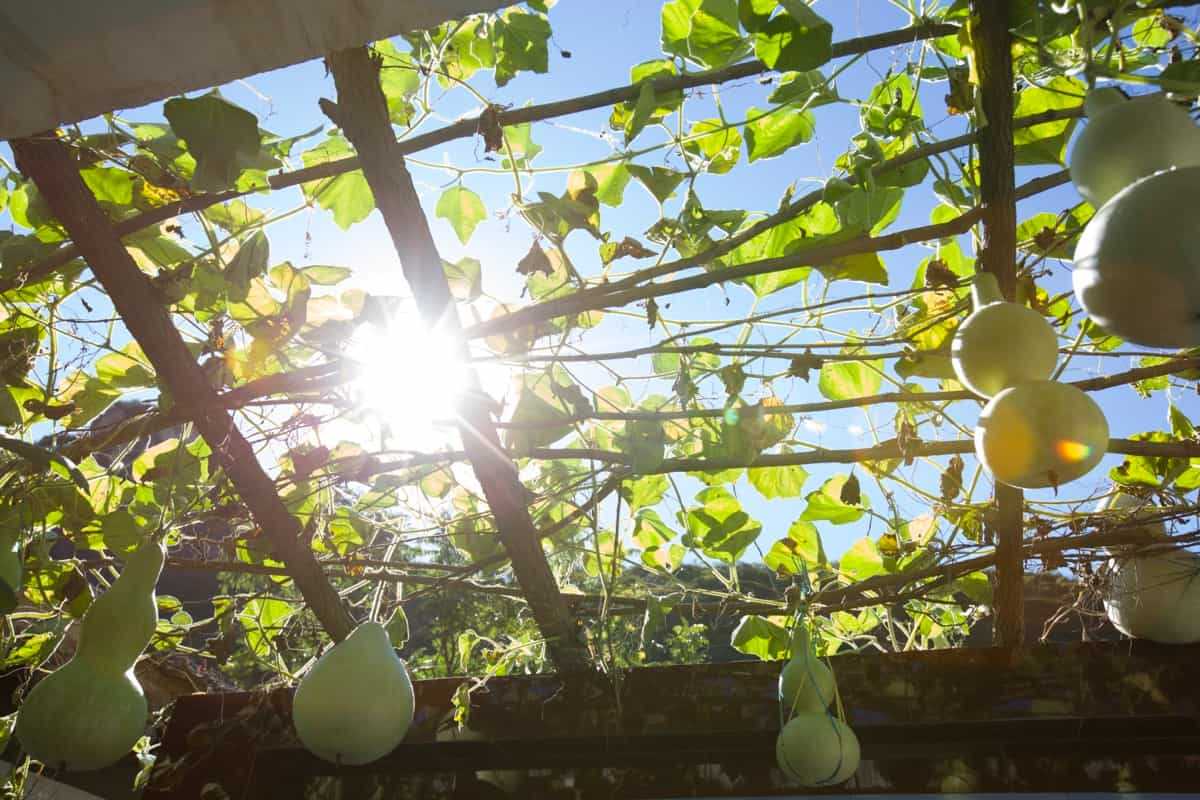
Tips for Increasing Female Flowers in Ridge Gourd
Ridge gourd, also known as Luffa, is a popular vegetable and monoecious plant, meaning it has male and female flowers both on the same plant. The female-to-male ratio in ridge gourd varies from 1:2 to 1:4.
- Proper soil nutrition: Ridge gourd plants require well-draining soil with adequate levels of nutrients. A balanced fertilizer can help improve soil fertility, leading to a better yield of both male and female flowers.
- Optimal temperature: Ridge gourd plants prefer warm temperatures between 25°C to 30°C for the best vegetative and flower development of both male and female flowers. A temperature lower than 20°C or higher than 35°C may reduce the number of female flowers.
- Pollination: Ridge gourd plants require cross-pollination for fruit sets. Manual pollination can help increase the number of female flowers.
- Ethylene treatment: Ethylene treatment is another way to increase the number of female flowers in ridge gourd plants. Spraying Ethrel (150-200 ppm) on plants can stimulate the production of female flowers.
- Use of plant growth regulators: The application of plant growth regulators such as NAA (naphthalene acetic acid) or GA3 (gibberellic acid) can help to increase the number of female flowers in ridge gourd plants.
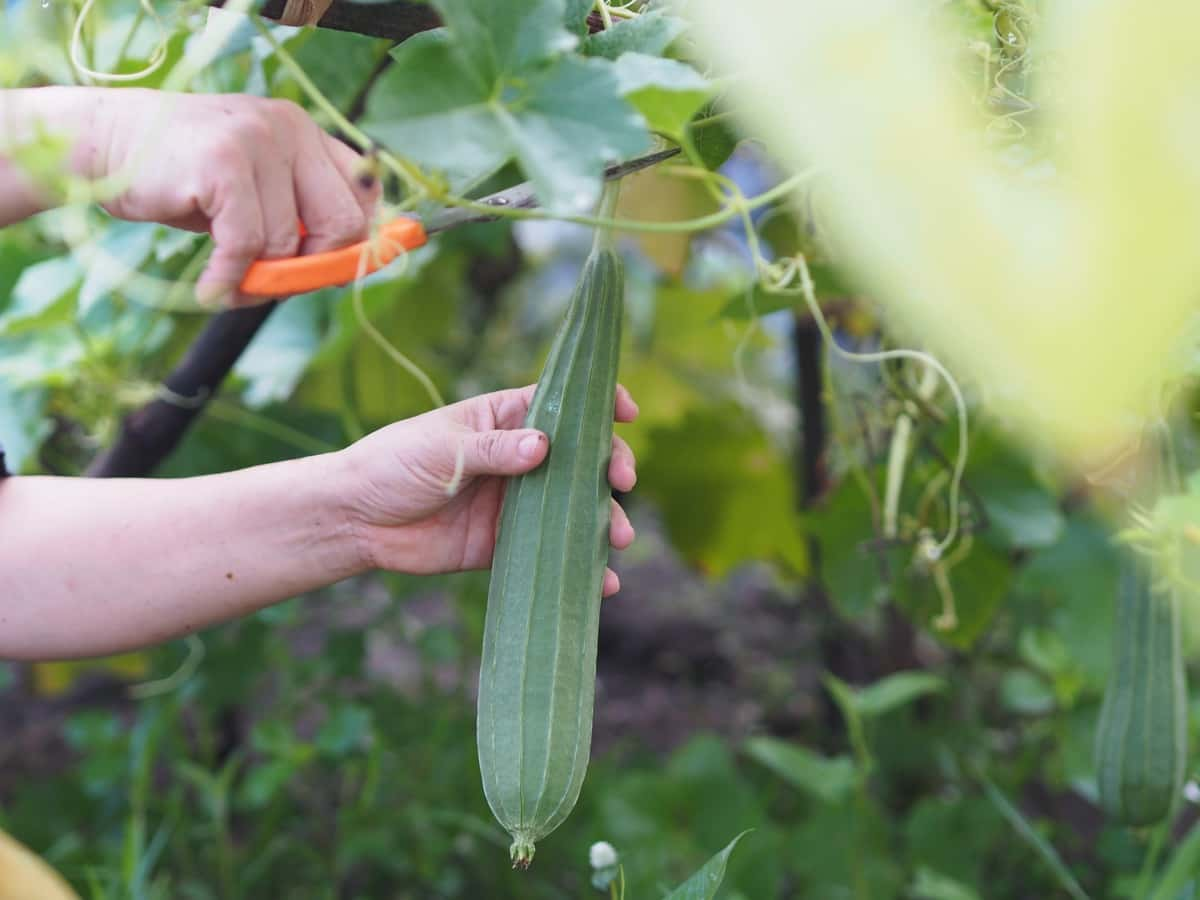
Tips for Increasing Female Flowers in Ash Gourd
Ash gourd is a popular vegetable in many Asian countries, known for its medicinal properties and nutritional value. It is a dioecious plant, meaning it separates male and female flowers on different plants.
- Male-to-female ratio: A high male-to-female ratio can decrease the number of female flowers. Ideally, the ratio should be 1:3 or 1:4.
- Soil quality: The soil should be rich in organic matter and well-draining. Adding organic compost or kitchen manure can improve soil quality and increase the number of female flowers.
- Proper watering: Ash gourd requires adequate water for growth and flowering. Regular watering, especially during dry spells, can help increase the number of female flowers.
- Temperature and light: Ash gourd prefers warm temperatures and plenty of sunlight. Providing proper light and temperature can help promote the growth of female flowers.
- Plant growth regulators: Applying plant growth regulators like auxins and gibberellins can help increase the number of female flowers. However, these should be used cautiously, as excessive use can negatively affect the plant.
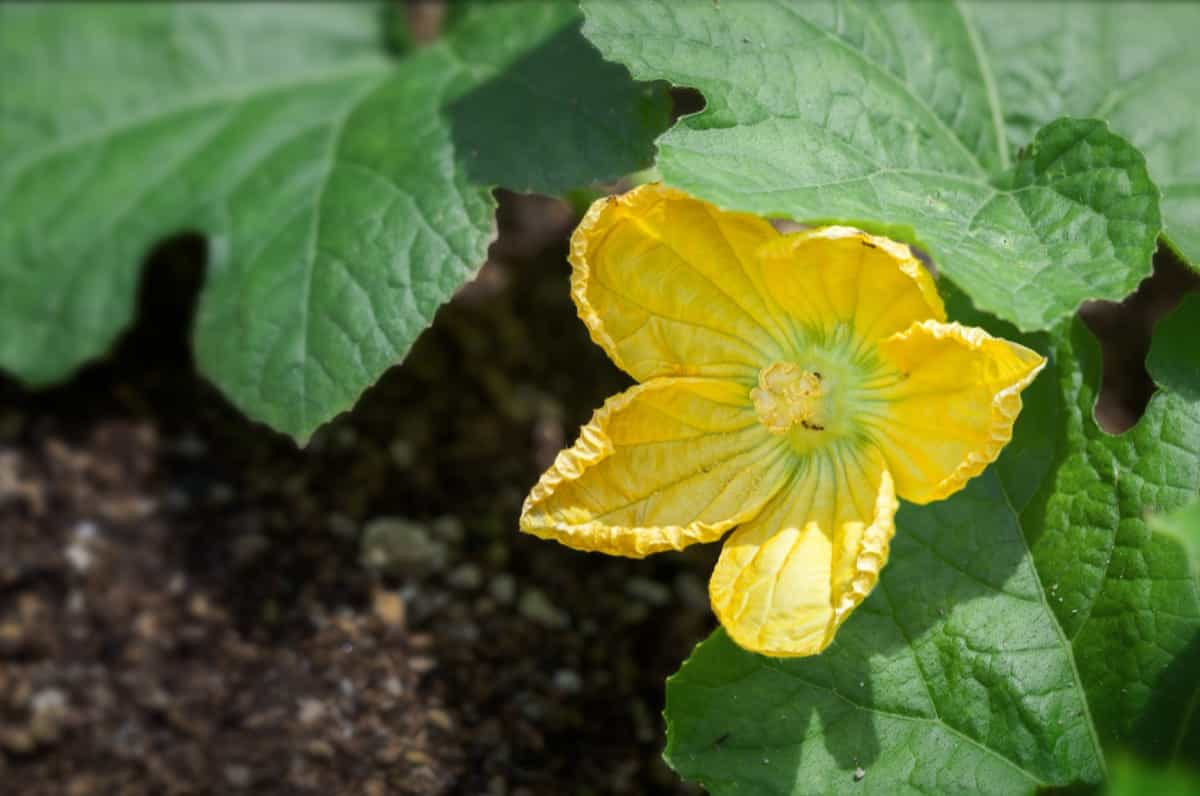
Tips for Increasing Female Flowers in Snake Gourd
- Maintain optimal growing conditions: Snake gourd plants require warm temperatures (25-30°C) and a sunny location with well-draining soil. They also require regular watering and fertilization to produce healthy flowers. The pH level should be between 6.0 to 6.5.
- Hand pollination: Hand pollination is an effective way to increase fruit production in snake gourd plants. Identify the female flowers (with a swollen ovary at the base of the flower) and the male flowers (with a prominent stamen) and use a small brush to transfer pollen from the male to the female flowers.
- Use plant growth regulators: Endogenous application of plant growth regulators can alter sex form if applied at the 2-4 leaf stage. Ethylene treatment (50-100 ppm) and GA3 (5-10 ppm) can increase female flowers in snake gourd.
- Provide adequate nutrients: Snake gourds provide them with adequate nutrients. A balanced fertilizer high in phosphorus and potassium can help to promote flowering and fruit set. Apply the fertilizer every 2-3 weeks during the growing season.
Tips for Increasing Female Flowers in Ivy Gourd
Ivy Gourd, or Kundru or Tindora, is a tropical vine producing male and female flowers on the same plant. However, the male-to-female ratio can vary greatly between plants, with some having mostly male flowers and others having mostly female flowers.
- Pollinate by hand: Ivy Gourd flowers are self-pollinating, but manually transferring pollen from male to female flowers can increase fruit set.
- Provide adequate sunlight: Ivy Gourd requires full sunlight to thrive and produce female flowers. Ensure that the plant gets at least 6-8 hours of direct sunlight daily.
- Maintaining proper soil moisture: The soil should be moist but not waterlogged. Overwatering can lead to root rot and reduce flower production.
- Use organic fertilizers: Organic fertilizers such as compost or manure can improve soil fertility and promote flower production.
- Some tips to increase the number of female flowers in ivy gourd plants include providing them with more nitrogen, thinning out male flowers, removing competing weeds, and watering them regularly.
- Nitrogen can help increase the number of female flowers, while thinning out male flowers can redirect the plant’s energy toward developing more female flowers. Removing competing weeds will allow the ivy gourd plant to absorb more nutrients and grow better.
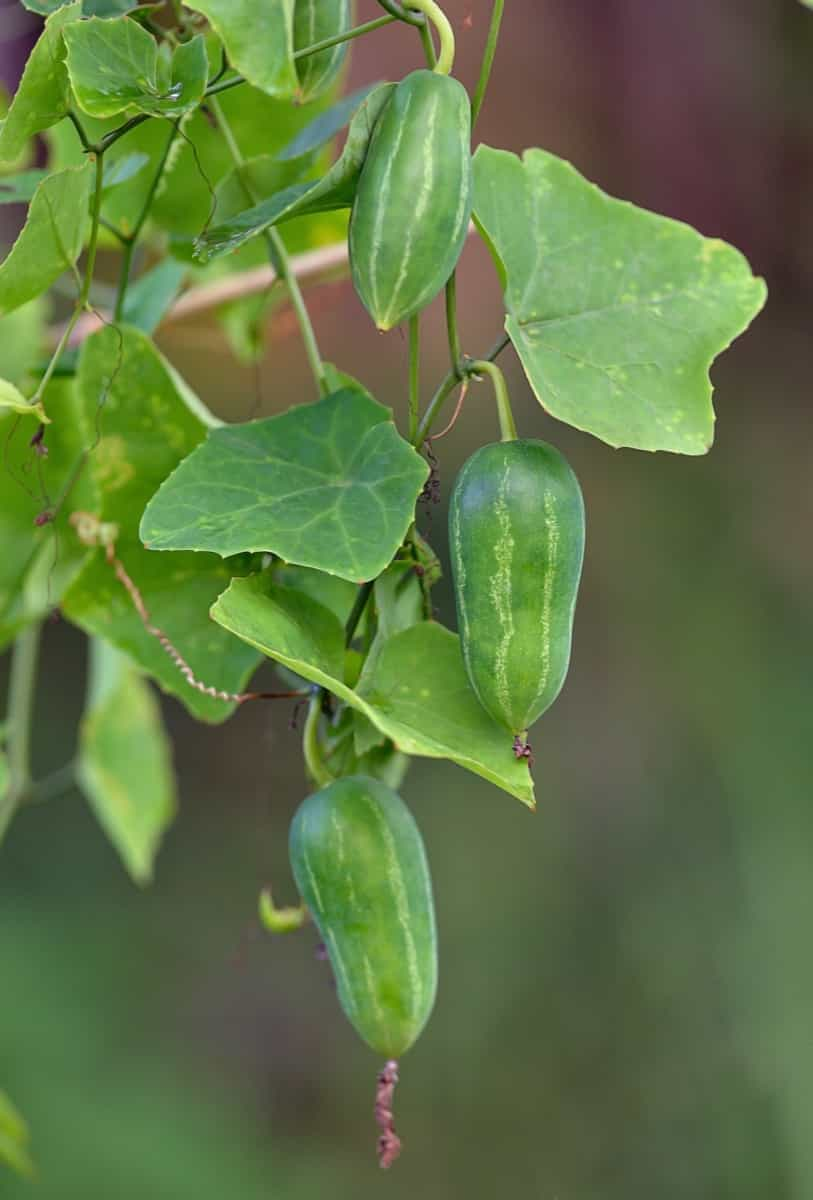
Tips for Increasing Female Flowers in Sponge Gourd
Sponge gourd that belongs to the gourd family. It is grown for its fibrous interior, used as a natural scrubber, and for its edible fruit, a common ingredient in Asian cuisine.
- Hand pollinate: Sponge gourd flowers are self-pollinating, but manually transferring pollen from male to female flowers can increase fruit set. Use a small brush or Q-tip to transfer pollen.
- Provide support: Sponge gourd is a climbing plant and requires support to grow vertically. Use trellises or stakes to support and keep the vines off the ground.
- Prepare the soil: Sponge gourd prefers well-draining, fertile soil. Add organic matter such as compost or vermi, Kitchen waste.
- Hand pollination may not be necessary if there are enough pollinators in the garden, as bees and other insects are usually effective in pollinating the flowers.
- Pinching off all flowers and small sponge gourds two months before the last frost may not be necessary either, as the plant can continue to produce and mature fruits until the end of the growing season.
Facts to Increase Female Flowers in Your Gourds
- To increase the yield of gourds, you can provide the plant with organic manure like cow dung manure, farmyard manure, compost, or vermicomposting.
- Additionally, when the plant is over 45 days old, you can provide one tablespoon of about 15:15:15 (NPK) fertilizer per plant or mix a handful of vermicomposting in the soil around each plant.
- Mulching is also a great method to retain soil moisture and increase the number of female flowers.
- Proper pollination is also crucial for a good yield, so it’s important to provide pollinators like bees to your garden. To attract pollinators, you can plant zinnias, marigolds, petunias, coneflowers, etc.
- Hand pollination can also be done to increase the yield.
Conclusion
Increasing female flowers in gourds can lead to better harvests. Providing sufficient sunlight, water, and nutrients, thinning out male flowers, and hand pollination are effective techniques to increase female flowers. Proper care and maintenance can maximize gourd production.
- How to Build a Low-budget Goat Shed: Cheap Ideas and Tips
- Goat Farming Training Programs in India: A Beginner’s Guide
- Types of Pesticides Used in Agriculture: A Beginner’s Guide
- Economical Aquaculture: A Guide to Low-Budget Fish Farming
- 15 Common Planting Errors That Can Doom Your Fruit Trees
- How to Make Houseplants Bushy: Effective Tips and Ideas
- Innovative Strategies for Boosting Coconut Pollination and Yield
- Pollination Strategies for Maximum Pumpkin Yield
- The Complete Guide to Chicken Fattening: Strategies for Maximum Growth
- Natural Solutions for Tulip Problems: 100% Effective Remedies for Leaf and Bulb-Related Issues
- Revolutionizing Citrus Preservation: Towards a Healthier, Greener Future
- Natural Solutions for Peony Leaf and Flower Problems: 100% Effective Remedies
- Maximizing Profits with Avocado Contract Farming in India: A Comprehensive Guide
- Natural Solutions for Hydrangea Problems: 100% Effective Remedies for Leaf and Flowers
- The Ultimate Guide to Choosing the Perfect Foliage Friend: Bringing Life Indoors
- From Sunlight to Sustainability: 15 Ways to Use Solar Technology in Agriculture
- The Ultimate Guide to Dong Tao Chicken: Exploring from History to Raising
- The Eco-Friendly Makeover: How to Convert Your Unused Swimming Pool into a Fish Pond
- Mastering the Art of Delaware Chicken Farming: Essentials for Healthy Backyard Flocks
- 20 Best Homemade Fertilizers for Money Plant: DIY Recipes and Application Methods
- How to Craft a Comprehensive Free-Range Chicken Farming Business Plan
- Brighten Your Flock: Raising Easter Egger Chickens for Beauty and Bounty
- How to Optimize Your Poultry Egg Farm Business Plan with These Strategies
- Subsidy for Spirulina Cultivation: How Indian Government Schemes Encouraging Spirulina Farmers
- Ultimate Guide to Raising Dominique Chickens: Breeding, Feeding, Egg-Production, and Care
- Mastering the Art of Raising Jersey Giant Chickens: Care, Feeding, and More
- Ultimate Guide to Raising Legbar Chickens: Breeding, Farming Practices, Diet, Egg-Production
- How to Raise Welsummer Chickens: A Comprehensive Guide for Beginners
- How to Protect Indoor Plants in Winter: A Comprehensive Guide
- Ultimate Guide to Grow Bag Gardening: Tips, Tricks, and Planting Ideas for Urban Gardeners
- Guide to Lotus Cultivation: How to Propagate, Plant, Grow, Care, Cost, and Profit
- Agriculture Drone Subsidy Scheme: Government Kisan Subsidy, License, and How to Apply Online
- Ultimate Guide to Raising Araucana Chickens: Breed Profile, Farming Economics, Diet, and Care
- Bringing Hydroponics to Classroom: Importance, Benefits of Learning for School Students
- Ultimate Guide to Raising Polish Chickens: Breed Profile, Farming Economics, Diet, and Care
- Ultimate Guide to Raising Australorp Chickens: Profile, Farming Economics, Egg Production, Diet, and Care